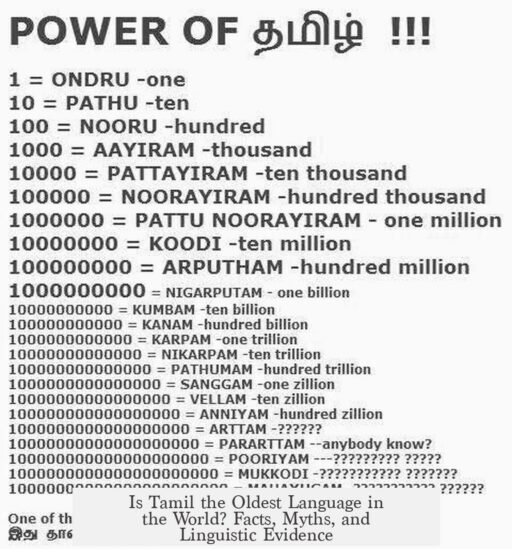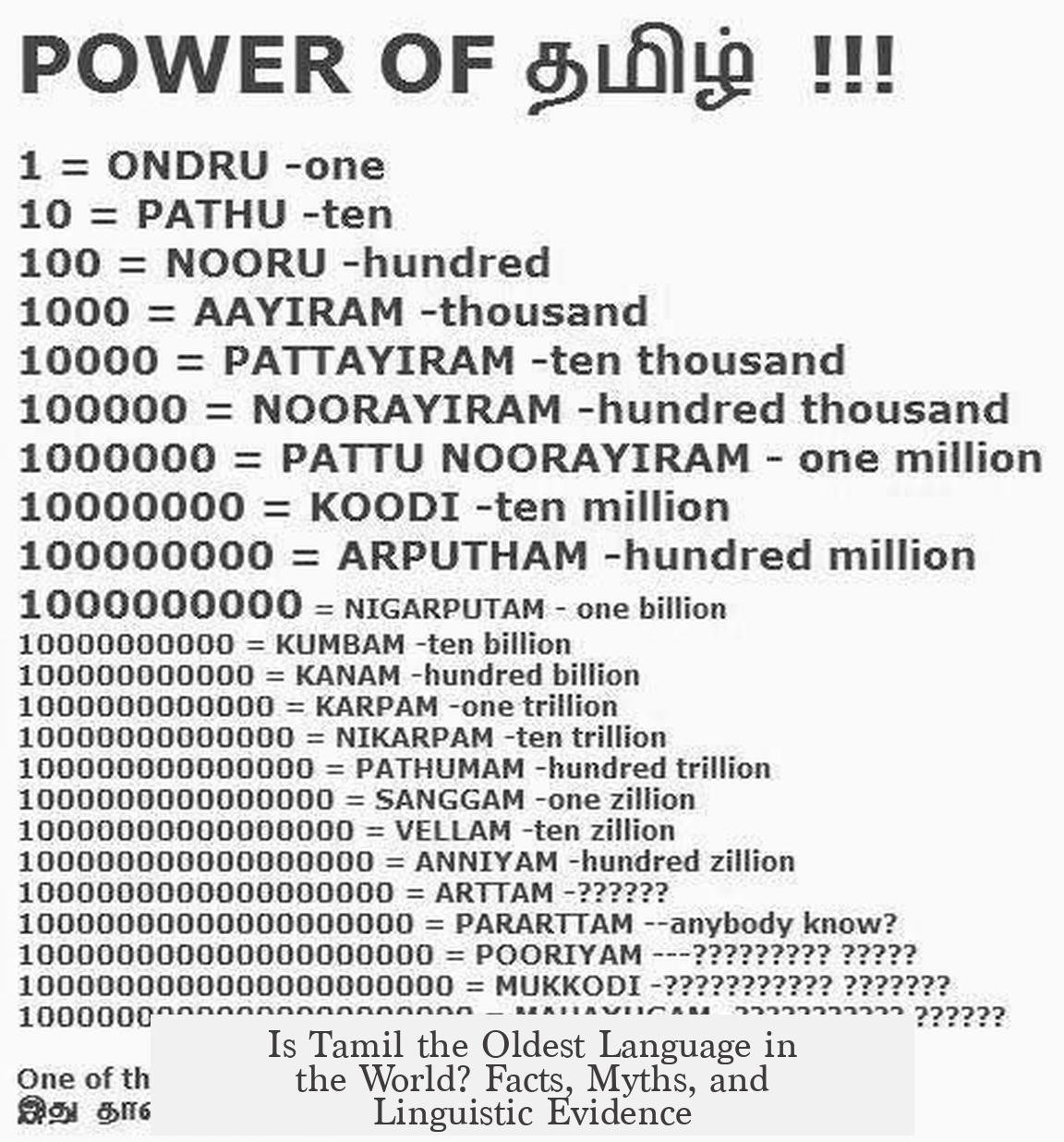There is no proof that Tamil is the oldest language in the world. Claims supporting Tamil as the oldest language often stem from nationalistic or pseudoscientific motives rather than conclusive historical or linguistic evidence. Current research places Tamil as an ancient language, but not the oldest.
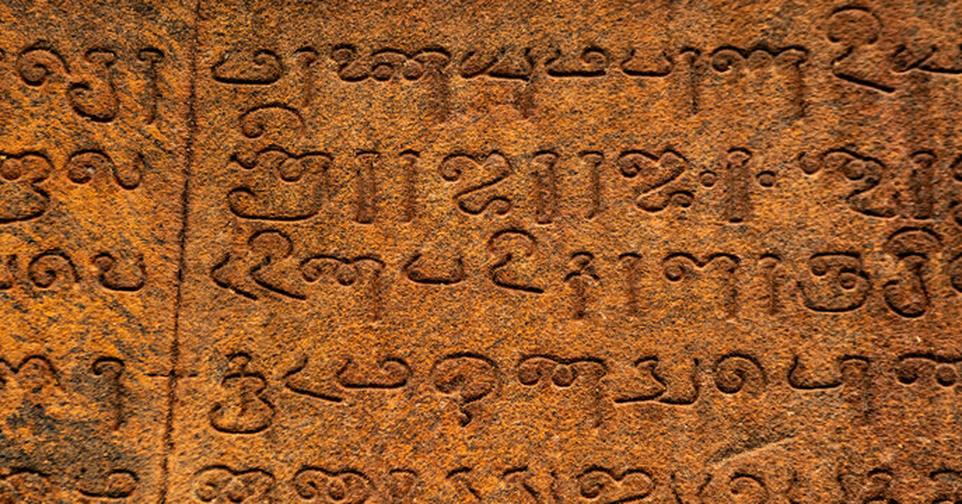
Tamil belongs to the Dravidian language family. Old Tamil emerges clearly in written form around the first millennium BCE. It continues today as Modern Tamil, with recognizable changes in phonology and vocabulary. However, it descends from even older Dravidian languages, making it part of a linguistic evolution rather than a singular ancient origin.
Linguists date proto-Dravidian languages to approximately the fourth millennium BCE. This era is not unique; Proto-Indo-European languages predate or coincide with this timeline, and Proto-Afro-Asiatic languages emerged earlier still. Sumerian, one of the earliest documented languages, existed well before Old Tamil.
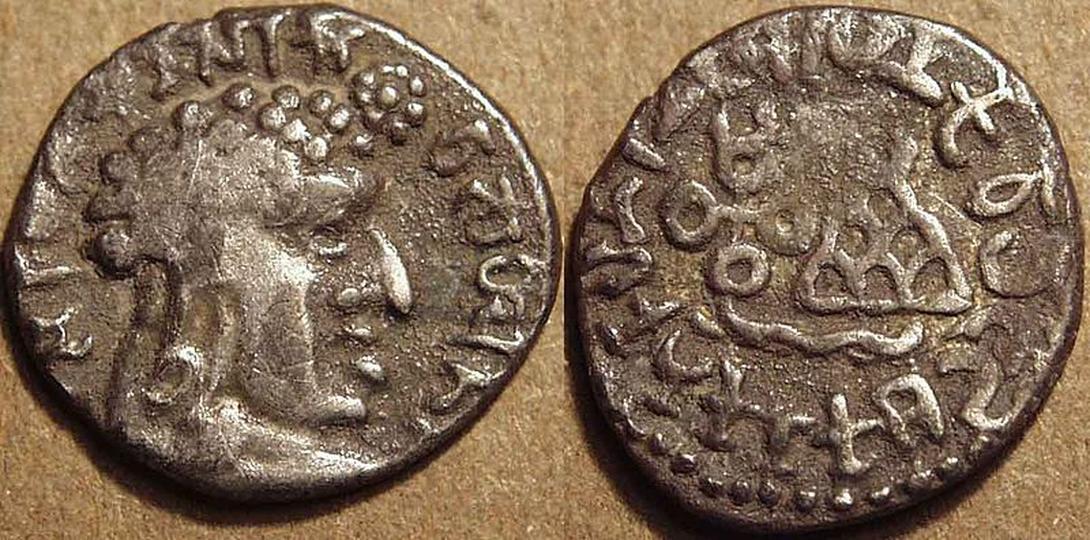
The concept of the “oldest language” is complicated. Languages evolve constantly, blending and differentiating over millennia. Deciding which language is oldest depends heavily on definitions: whether oldest means the first ever, the oldest documented, or the oldest still spoken. For example, Tamil has a continuous written tradition exceeding 2000 years, but similar longevity exists in other language families.
Some claims presented by proponents like Devaneya Pavanar—who suggested Tamil originated in Lemuria 50,000+ years ago—lack any archaeological or linguistic support. Such theories receive rejection from mainstream academics as pseudoscientific without credible evidence.

- Tamil’s documented history begins around 2000 years ago with Old Tamil scripts.
- Proto-Dravidian languages precede Old Tamil but are contemporaneous with other ancient language families.
- Languages constantly evolve, making “oldest language” hard to define strictly.
- Some nationalistic movements inflated claims of Tamil’s antiquity without scientific basis.
- No credible archaeological or linguistic proof supports Tamil as the world’s oldest language.
Is There Proof That Tamil Is the Oldest Language in the World?
Is there proof that Tamil is the oldest language in the world? No, there isn’t. That’s the short, punchy answer. Now, if you’re scratching your head and wondering why this debate even stirs so much passion, you’re not alone. But hang tight. We’ll explore these claims and facts with clarity, a little humor, and lots of fascinating historical drama.
Let’s start with this: *what does “oldest language” even mean?* The phrase sounds straightforward, but it’s like asking, “What’s the best ice cream flavor?” It depends on your taste, your definition, or in this case, your criteria.
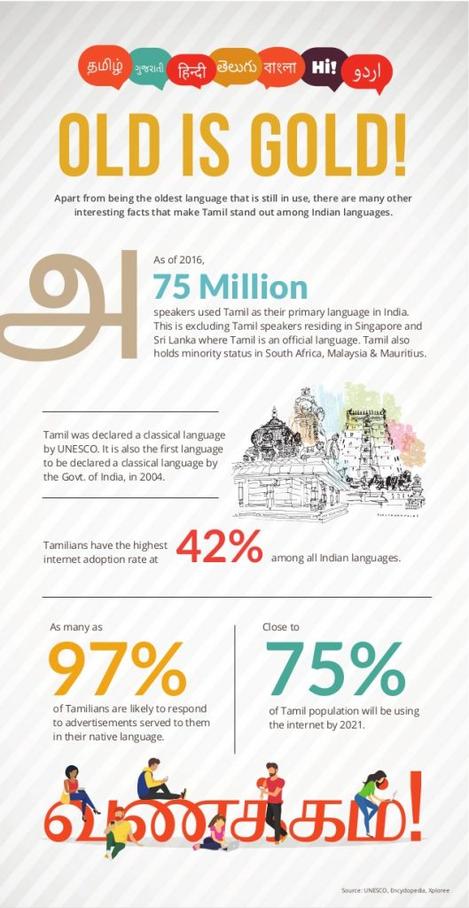
What Does “Oldest Language” Actually Mean?
The phrase “oldest language” can mean:
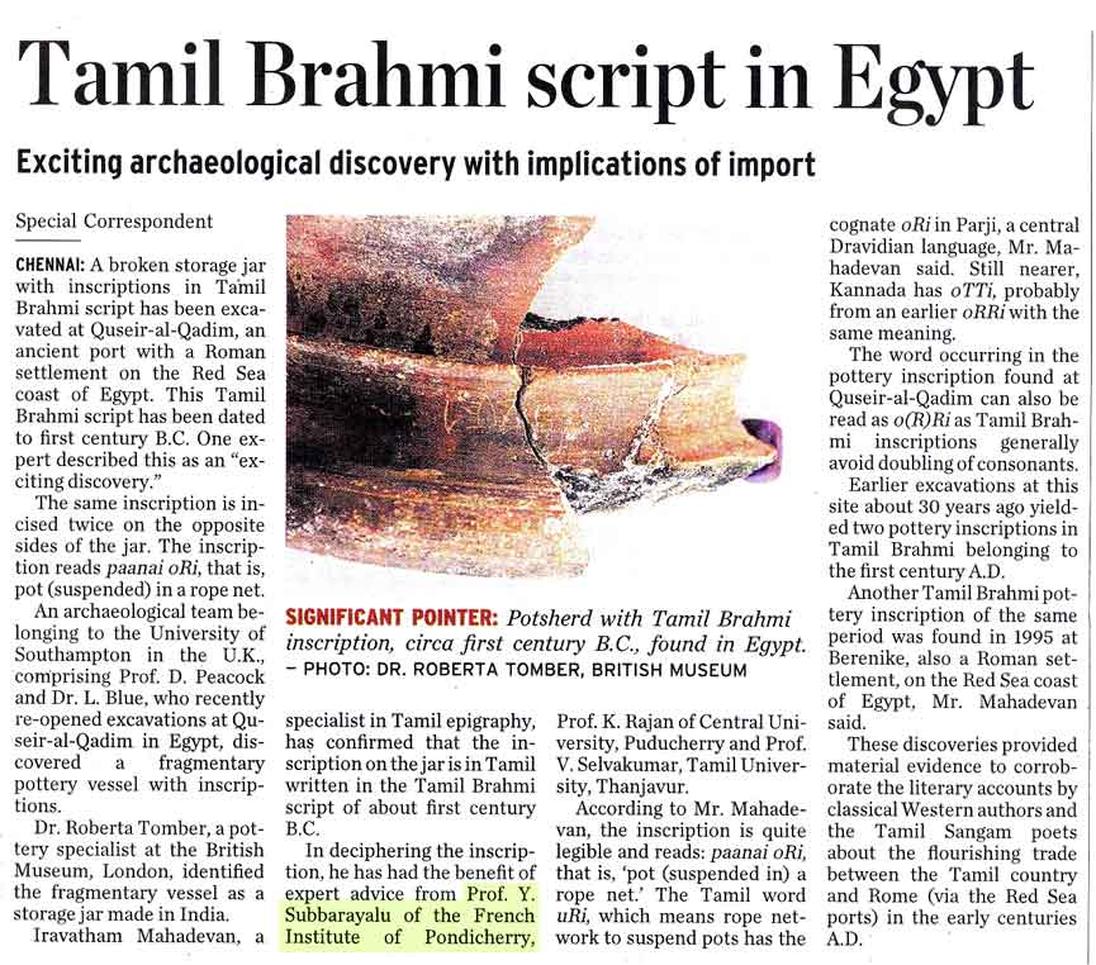
- The very first language humans ever spoke (spoiler alert: nobody knows this).
- The oldest language for which we have written or archaeological evidence.
- The oldest language still actively spoken today, unchanged or otherwise.
- How closely you link a language to its ancestors and descendants — where do you draw the line between related languages and dialects?
This definitional fog makes the claim that Tamil is the oldest language a tough nut to crack. For example, if you say Tamil is the oldest language because it’s still spoken today, wouldn’t other ancient languages like Chinese or Hebrew also be serious contenders? The world of linguistics doesn’t conveniently hand out trophies for longevity.
The Timeline of Tamil Language: Old, Middle, and Modern
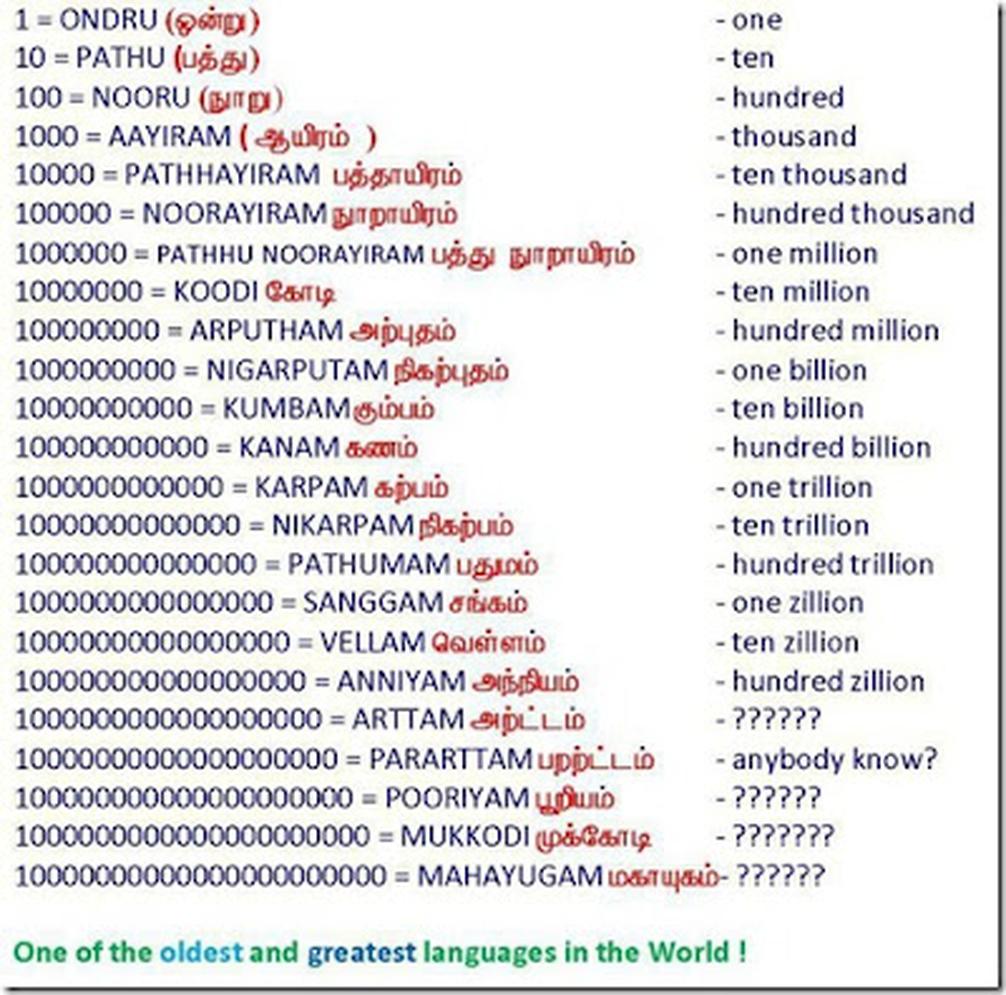
Tamil indeed claims an impressive pedigree. Old Tamil has evidence dating back to the first millennium BCE. That’s about 3,000 years ago, which is ancient by many accounts. But from an evolutionary standpoint, Old Tamil didn’t just pop out of nowhere; it’s a descendant of proto-Dravidian languages that likely existed even earlier.
This isn’t a unique story. Like Old Tamil evolved into Middle Tamil around the 8th to 15th centuries CE, and then into Modern Tamil, other languages have similar journeys. English has evolved from Proto-Germanic through Old English, Middle English, and so on. So long timelines don’t give Tamil a free pass to be crowned oldest language outright.
What About Languages Older Than Tamil?
When we look at written evidence, languages like Sumerian take the cake. Sumerian texts date back well over a thousand years before Old Tamil surfaced in records. That places Sumerian at least in the fourth millennium BCE, pushing its origins back even farther than proto-Dravidian, the ancestor of Tamil.
Linguists also reconstruct proto-languages such as Proto-Indo-European and Proto-Afro-Asiatic, which reportedly emerged even before proto-Dravidian. This complex family tree proves that human languages are not only old but intricately connected and constantly evolving.
The Challenge of Language Evolution: No Language Stands Still
Languages, like people, grow, change, and adapt. They don’t arrive fully formed and frozen in time. So when does a language start? When does it end? It’s often a messy overlap.
Tamil, Old English, and many others have evolved through centuries. Changes in grammar, phonology, and vocabulary mark shifts. But these shifts don’t render them completely new languages instantly—they morph gradually. That fuzziness means calling Tamil the oldest language oversimplifies things.
Nationalism, Pseudoscience, and the Origins of the “Oldest Language” Claim
Here’s where things get spicy. The claim that Tamil is the oldest language often springs from nationalist movements rather than verifiable science. Early in the 20th century, the Pure Tamil Movement, driven by Maraimalai Adigal, sought to emphasize Tamil’s purity and ancient roots.
Then comes Devaneya Pavanar, who in 1966 published “Primary Classical Language of the World,” arguing that Tamil originated on the mythical lost continent of Lemuria over 50,000 years ago. Sounds like an epic sci-fi plot but sadly, it’s rejected by mainstream linguistics and historians. Since Lemuria itself is a debunked theory, Pavanar’s ideas don’t hold water in academic circles.
It’s fun to root for one’s ancestral language, but facts matter. National pride shouldn’t supersede scientific rigor. Otherwise, all languages could claim to be the oldest based on equally tenuous grounds. Complexity, scholarship, and patience always win.
What Does Archaeology and Linguistics Say?
Modern linguists reconstruct proto-Dravidian languages—including Tamil’s ancestors—emerging around 4000 BCE. However, proto-Indo-European likely predates this, emerging a bit earlier, and proto-Afro-Asiatic even earlier.
Archaeological finds support these timelines. But what’s important is these ancient languages existed in parallel for thousands of years, with influence ebbing and flowing. No single language monopolizes “oldest” status because human speech is a moving target.
Final Thoughts: Celebrating Tamil Without Myths
Tamil is undeniably one of the classical languages boasting a rich, documented history, continuously spoken for over two millennia. That’s impressive. It has a unique literature, philosophy, and cultural heritage that command respect globally.
But when it comes to proving that Tamil is the oldest language in the world, the evidence doesn’t back that claim. Our current understanding, built from linguistic, archaeological, and historical perspectives, emphasizes complexity and shared heritage in language evolution.
In other words, trying to crown the oldest language might be less about history and more about cultural identity and pride. That’s perfectly fine. Just don’t mistake pride for proof.
Questions to Ponder
- Why does the idea of an “oldest language” captivate us so much?
- How does language evolution challenge our notions of identity and heritage?
- Can modern nationalism and science coexist when interpreting ancient history?
Finally, whether you’re a Tamil speaker or not, the story of Tamil reminds us that languages are living, breathing chronicles of human culture. Every word spoken today has roots and branches, connections far older than any one claim to age.
“No. No there is not.” Proof that Tamil is the oldest language? Based on current evidence, nope. But Tamil’s value and intrigue? Absolutely timeless.
Is there concrete proof that Tamil is the oldest language in the world?
No, there is no concrete proof. Linguistic and archaeological evidence shows other languages existed before Tamil emerged.
How old is Tamil compared to other ancient languages?
Old Tamil dates back to the first millennium BCE. However, languages like Sumerian and Proto–Indo-European are older by several thousand years.
Why do some claim Tamil is the oldest language?
These claims often come from nationalist movements or pseudoscientific theories, not from credible academic research.
Does the evolution of Tamil affect how we see its age?
Tamil has evolved over thousands of years. Its stages—Old, Middle, and Modern Tamil—show continuous change like many other ancient languages.
Could Tamil’s linguistic roots be older than we know?
Proto-Dravidian, Tamil’s ancestor, probably formed around the fourth millennium BCE, but older ancestors of other languages exist, making the exact earliest language unclear.
